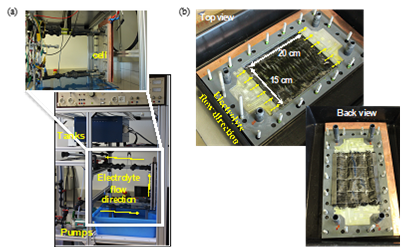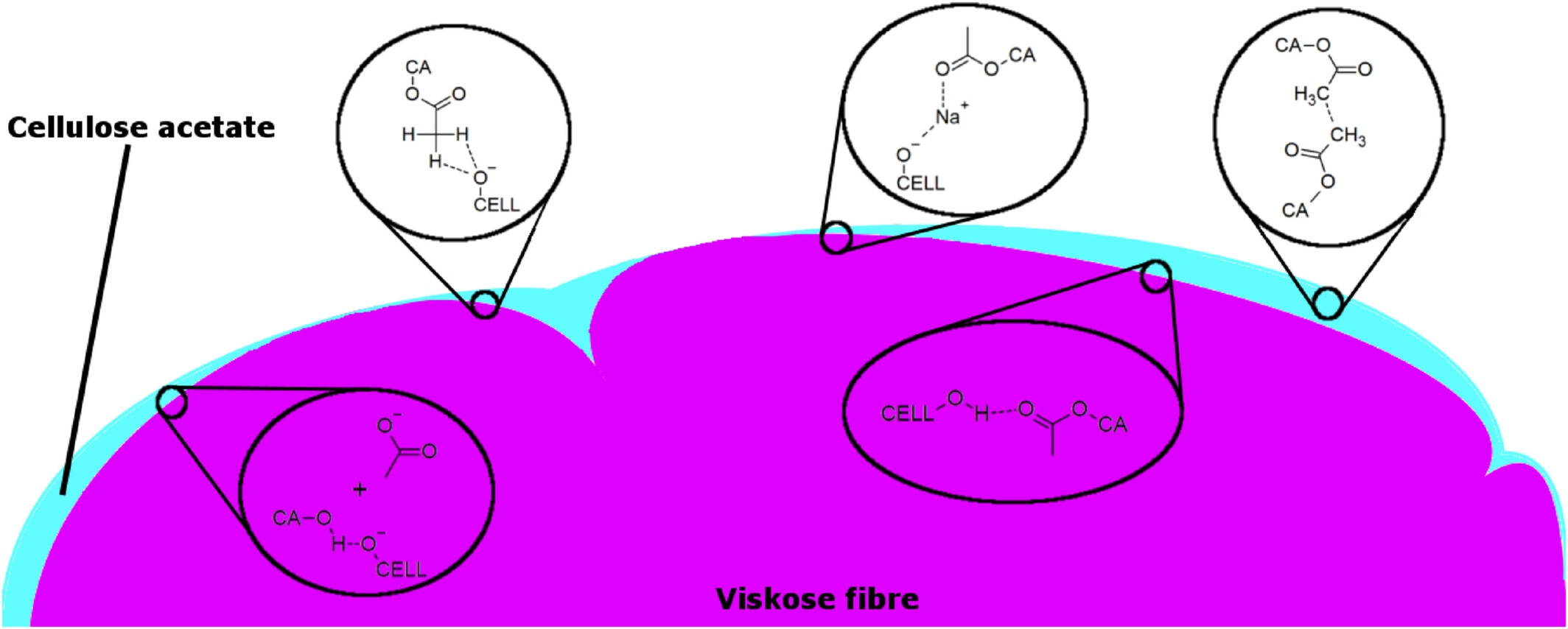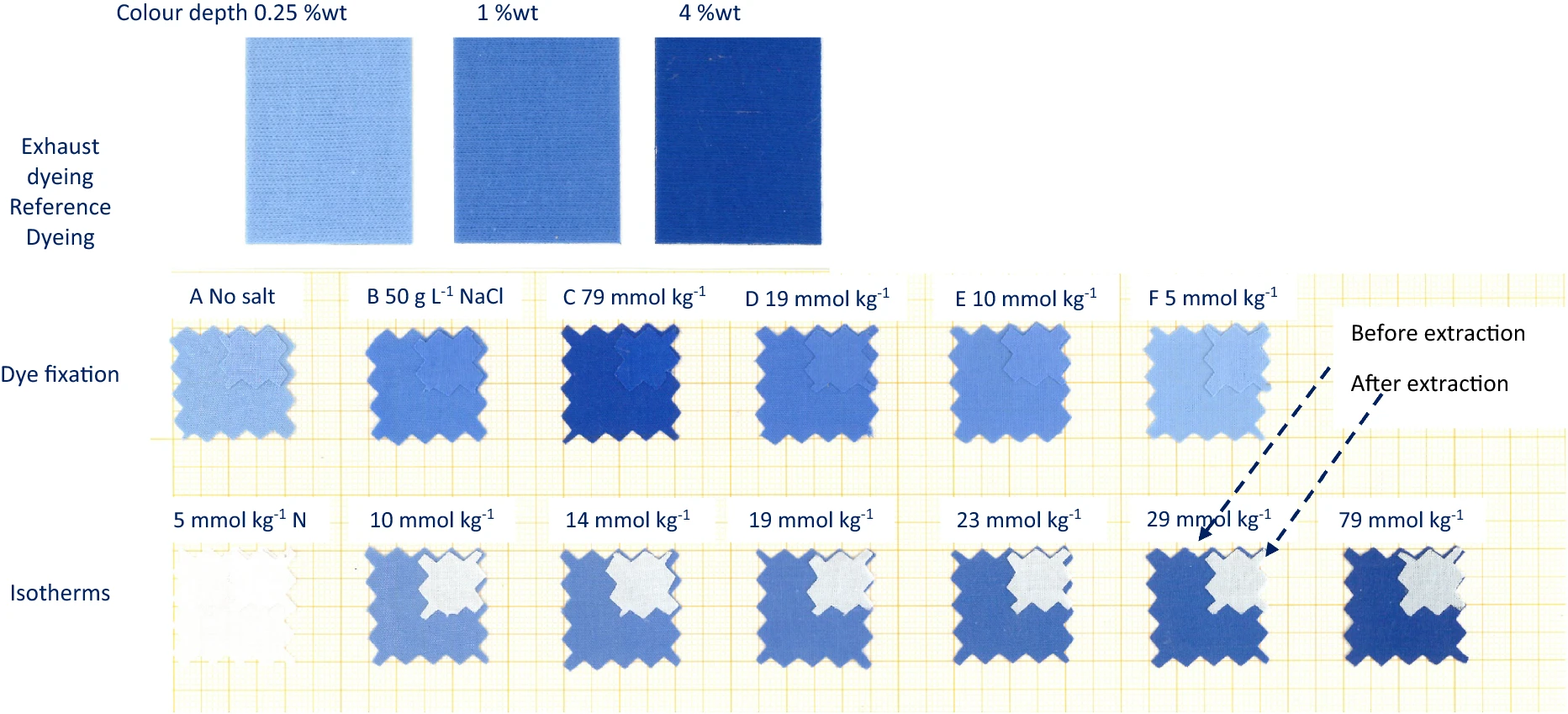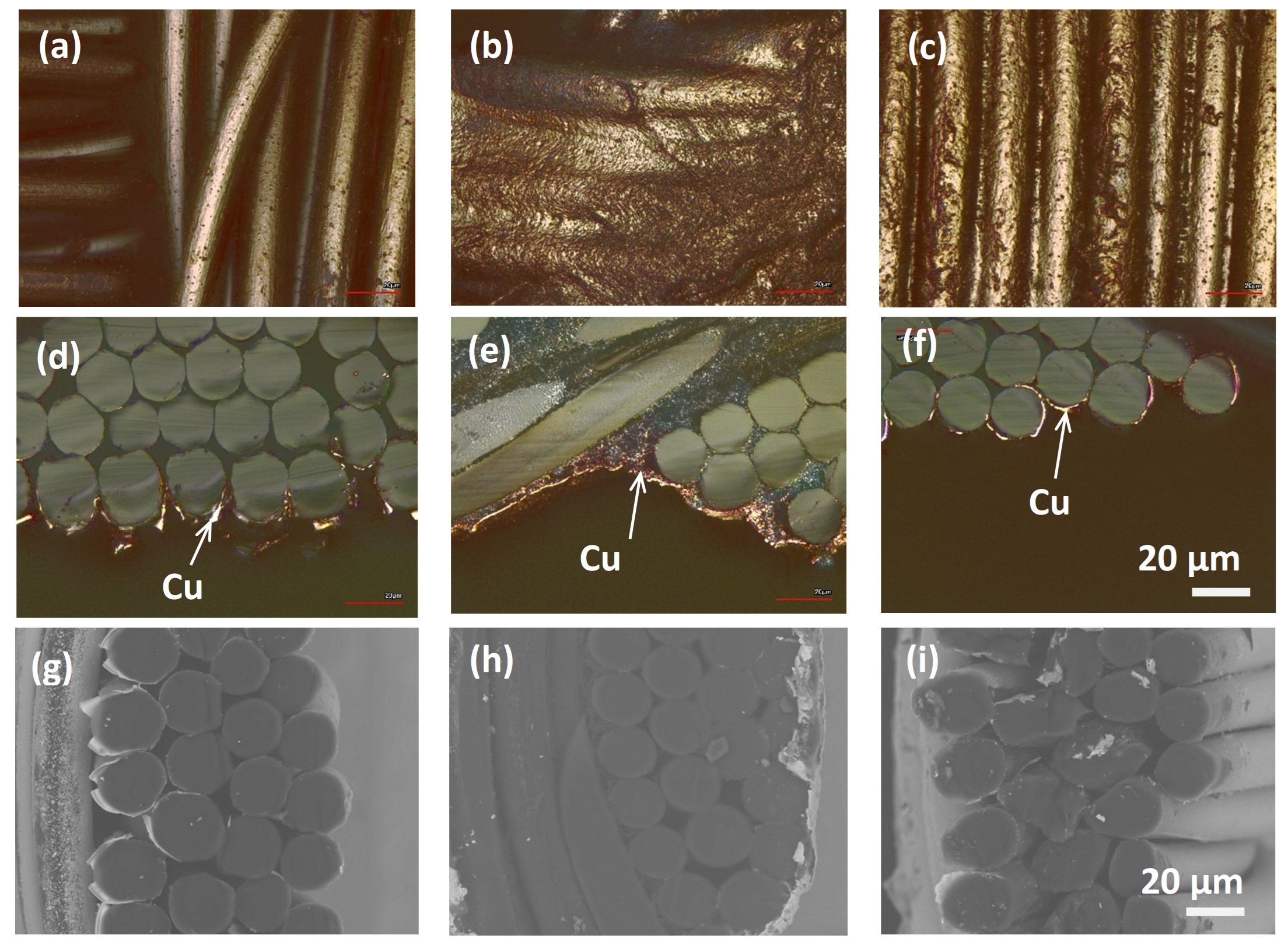DEVELOPMENT, PRODUCTION AND TESTING OF CARBON TRANSPORT ANCHORS FOR THE TRANSPORT OF SLENDER TEXTILE CONCRETE COMPONENTS
The use of textile reinforcement in precast concrete elements allows the realization of very slim components. The market for lifting and transport systems hardly offers any solutions for textile-reinforced components. With the few systems currently available, additional steel must be inserted in the anchorage area in order to be able to transfer the occurring loads. In the current tests, also the anchoring areas were carried out without steel.
Preliminary Experiments
In the specific case, a textile-reinforced façade panel with 12 m² and a thickness of 3.0 cm, which is tilted vertically after curing, was to be lifted on two crane hooks. Within the scope of this first attempts, it was examined whether it is possible to place carbon – a material sensitive to transverse pressure – outside the concrete over rope thimbles and how different geometries of the loops act in the concrete, Figure 1.
Figure 1: Transport loops (Copyright University Innsbruck)
These tests yielded promising results with failure loads between 17.8 kN and 25.1 kN, which are exemplified in Figure 2.
Figure 2: Example evaluation of the touch tests ()
Further Development of the Loop Geometry
Since it could be shown in the preliminary tests that load application via deflected carbon rovings outside the concrete is possible, the aim of a further series of tests was to optimize cracking in the concrete. For this purpose, the anchorage in the concrete was widened.
Figure 3: Improved transport loops (Copyright University Innsbruck)
By activating a larger concrete tension zone, it was possible to ensure that the initial cracking only started at significantly higher load. In addition, a much finer, well-distributed crack pattern was created.
Figure 4: Crack distribution – Improved loops (Copyright University Innsbruck)
In addition to the improvement in cracking, also the ultimate load was significantly increased. The failure loads were 33.9 to 45.4 kN for the four differently reinforced panels.
Using embroidery technology, such arbitrary carbon structures would also be industrially producible and could also be produced directly together with the base mesh.
Strategic project 1-010 textile materials and surfaces in composites
Project partner
- Arbeitsbereich für Massivbau und Brückenbau, Institut für Konstruktion und Materialwissenschaften, Universität Innsbruck
- Wirtschaftskammer Vorarlberg – Berufszweig Stickereiwirtschaft, Vorarlberg, AT
- Verein zur Förderung der Forschung und Entwicklung in der Textilwirtschaft (Textilverein), Vorarlberg, AT
Project coordination (Story)
Dipl.-Ing. Christina Stibernitz
Arbeitsbereich für Massivbau und Brückenbau, Institut für Konstruktion und Materialwissenschaften, Universität Innsbruck
T +43 (0) 512 507 63315
The COMET-Project TCCV Project no. 860474 is funded within the context of COMET – Competence Centers for Excellent Technologies by the Austrian Ministry for Transport, Innovation and Technology (BMVIT), the Federal Ministry for Digital and Economic Affairs (BMWFW), and the federal states of Vienna, Tyrol and Vorarlberg. The programme is conducted by the Austrian Research Promotion Agency (FFG).












